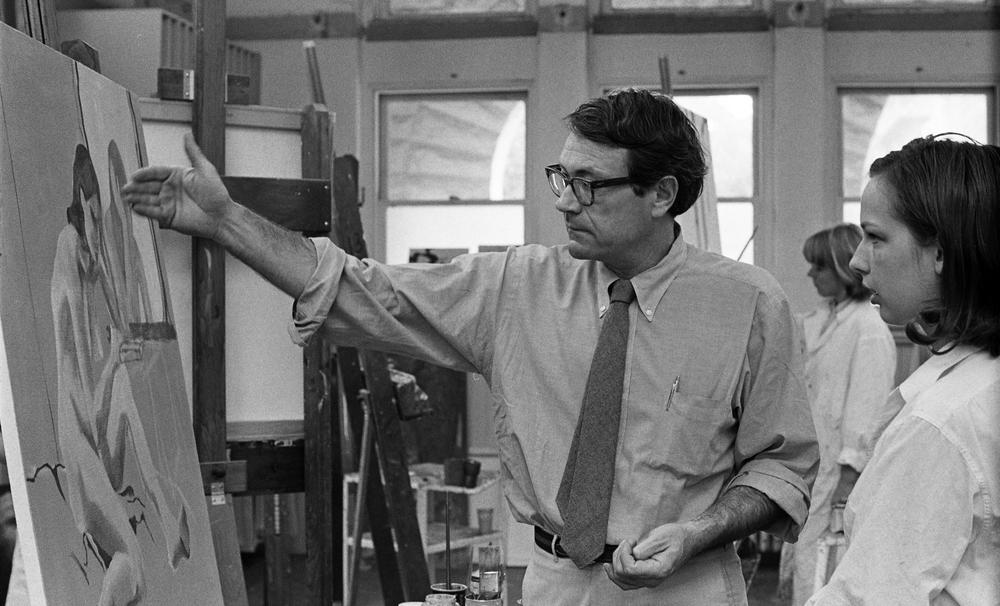Frank Lobdell. Painting as Philosophy
Frank Lobdell was committed to the ideal of painting as a transcendent enterprise bordering on a religious vocation—it was a vital but tortured process of sensing and responding to the world around him. While his New York contemporaries celebrated the spontaneity of action painting, Lobdell was known for working in a slow, measured manner; any impulsiveness was curbed by self-questioning, and his works bear the marks of erasure and revision. As the artist explained, “If you already know where you’re going, it’s just illustration.”1 Errors and mistakes were seen by the artist as a kind of puritanical test of how he might respond: “I have no control over most external events—I can only try to control how I respond to them. Maybe that’s what it’s all about—a reminder to yourself and to others that this is the only freedom of action you have.”2
